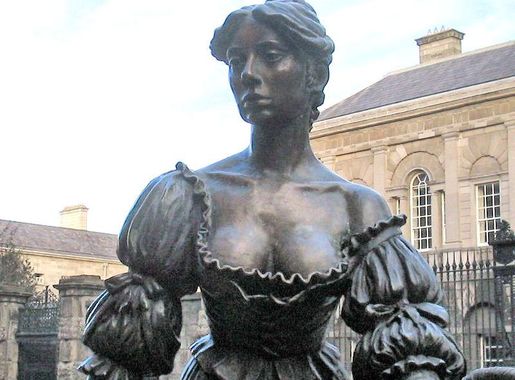
Grafton Street: Dublin’s Bustling Heartbeat
Experience the vibrant heart of Dublin on Grafton Street, where shopping, culture, and history converge in a lively, pedestrian-friendly atmosphere.
Grafton Street, nestled in the heart of Dublin, is a bustling pedestrian avenue that perfectly encapsulates the vibrant spirit of the city. Known for its lively atmosphere, this iconic street is a must-visit destination for tourists seeking a blend of shopping, dining, and entertainment. As you stroll down Grafton Street, you'll be greeted by a myriad of shops ranging from high-end boutiques to charming local stores, offering everything from luxury fashion to unique Irish crafts. The street is not just a shopping haven; it's also a cultural hotspot. Street performers, known as 'buskers,' provide a constant soundtrack with their live music, creating an ever-changing, lively ambiance. Don't miss the chance to stop by the statue of Molly Malone, a beloved symbol of Dublin's rich history and folklore. Grafton Street is also home to an array of cafes and restaurants, perfect for taking a break and indulging in some local delicacies. Whether you're looking to shop, dine, or simply soak in the Dublin vibe, Grafton Street offers an unforgettable experience. It’s a place where the old and new blend seamlessly, making it a true reflection of Dublin's dynamic and welcoming spirit.
Local tips in Grafton Street
- Visit early in the morning to avoid the crowds and enjoy a peaceful walk.
- Look out for the best street performers near the St. Stephen's Green end of the street.
- Wear comfortable shoes as you'll be doing a lot of walking.
- Check out the side streets for hidden gems and unique shops.
- Take a break at one of the local cafes for a traditional Irish coffee.
Grafton Street: Dublin’s Bustling Heartbeat
Grafton Street, nestled in the heart of Dublin, is a bustling pedestrian avenue that perfectly encapsulates the vibrant spirit of the city. Known for its lively atmosphere, this iconic street is a must-visit destination for tourists seeking a blend of shopping, dining, and entertainment. As you stroll down Grafton Street, you'll be greeted by a myriad of shops ranging from high-end boutiques to charming local stores, offering everything from luxury fashion to unique Irish crafts. The street is not just a shopping haven; it's also a cultural hotspot. Street performers, known as 'buskers,' provide a constant soundtrack with their live music, creating an ever-changing, lively ambiance. Don't miss the chance to stop by the statue of Molly Malone, a beloved symbol of Dublin's rich history and folklore. Grafton Street is also home to an array of cafes and restaurants, perfect for taking a break and indulging in some local delicacies. Whether you're looking to shop, dine, or simply soak in the Dublin vibe, Grafton Street offers an unforgettable experience. It’s a place where the old and new blend seamlessly, making it a true reflection of Dublin's dynamic and welcoming spirit.
Iconic landmarks you can’t miss
St Stephen's Green
Discover the charm of St Stephen's Green, Dublin's lush park filled with history, vibrant gardens, and serene spaces perfect for relaxation.
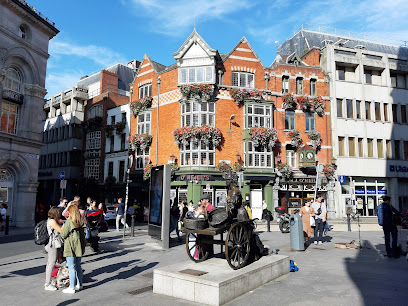
Dublin Castle
Discover the historical grandeur of Dublin Castle, a must-visit landmark that offers a glimpse into Ireland's rich cultural heritage.
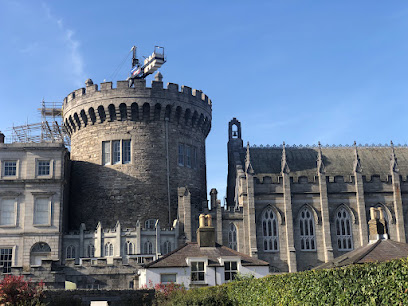
Molly Malone Statue
Explore the iconic Molly Malone Statue in Dublin, a beloved landmark celebrating the city's rich folklore and vibrant culture in the heart of Ireland.
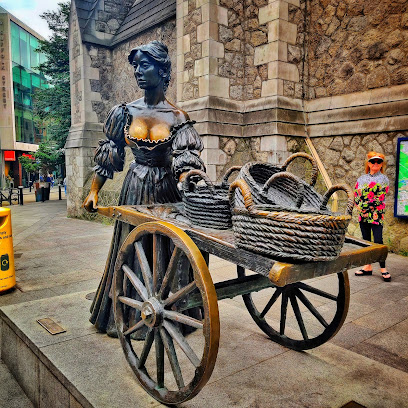
The Spire
Discover The Spire, a stunning 120-meter monument in Dublin, symbolizing the city's rich heritage and modern allure, perfect for photography and exploration.
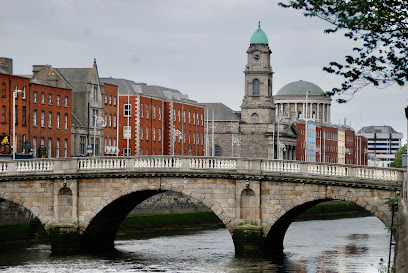
Irish Whiskey Museum
Explore the rich history of Irish whiskey at the Irish Whiskey Museum, featuring immersive exhibits, engaging tours, and delightful tastings in Dublin's heart.
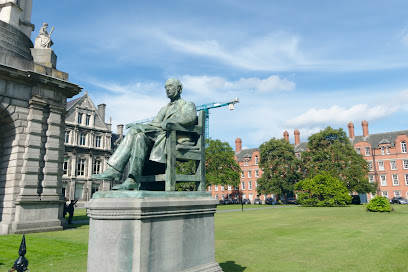
Garden of Remembrance
Explore the Garden of Remembrance in Dublin, a serene memorial park celebrating Ireland's history and heroes amidst beautiful gardens and sculptures.
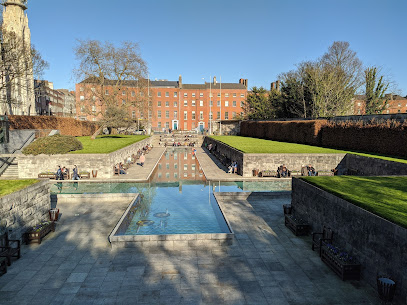
O'Connell Monument
Explore the O'Connell Monument, a majestic tribute to Irish history nestled in the vibrant heart of Dublin, surrounded by culture and charm.
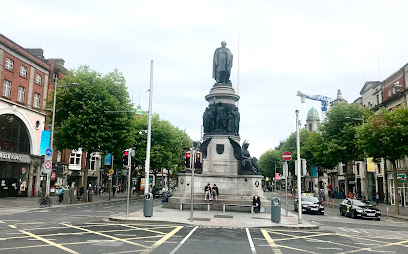
Phil Lynott Statue
Explore the Phil Lynott Statue in Dublin, a tribute to the legendary Thin Lizzy frontman and a must-see for music lovers visiting the city.
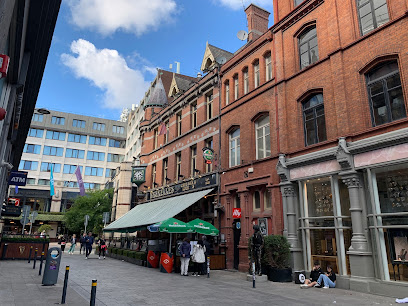
Old Dublin City Wall
Discover the Old Dublin City Wall, a captivating historical landmark revealing the rich medieval heritage of Ireland's capital.

Grafton Street
Experience the lively atmosphere of Grafton Street, Dublin's premier shopping and entertainment district, filled with street performers and vibrant culture.

Unmissable attractions to see
Irish Whiskey Museum
Discover the fascinating world of Irish whiskey at the Irish Whiskey Museum, where history, heritage, and tasting intertwine in the heart of Dublin.
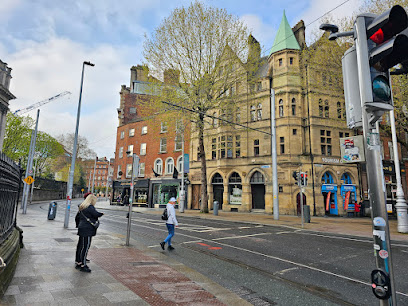
Phil Lynott Statue
Discover the Phil Lynott Statue in Dublin, a tribute to the legendary Thin Lizzy frontman, surrounded by the city's vibrant culture and musical heritage.
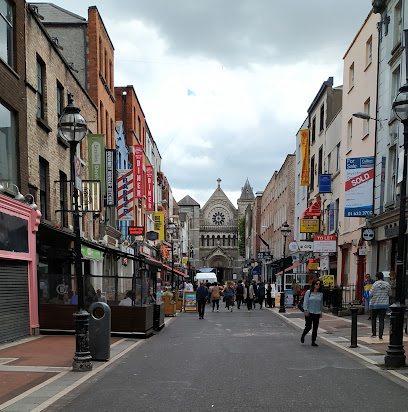
Street art
Explore Dublin's vibrant street art scene, where every mural tells a story and every alley reveals a new artistic treasure.
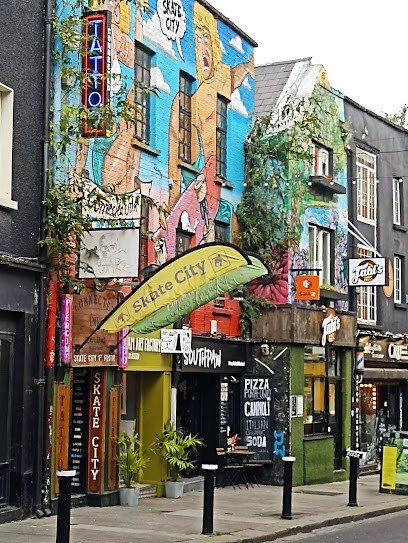
Love, Life, Peace
Experience serenity and creativity combined at Love, Life, Peace, a must-visit tourist attraction in Dublin.
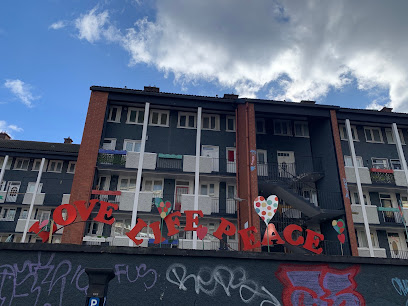
Essential places to dine
Fade Street Social Restaurant & Cocktail Bar
Experience modern Irish cuisine and vibrant nightlife at Fade Street Social Restaurant & Cocktail Bar in Dublin.
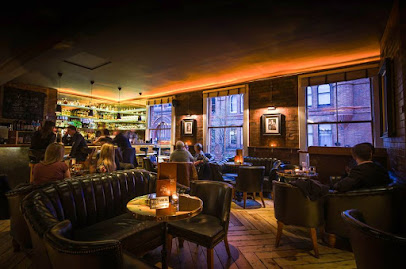
Captain Americas Grafton Street
Experience authentic American flavors at Captain America's Grafton Street - the perfect dining destination in Dublin for burger lovers and comfort food enthusiasts.
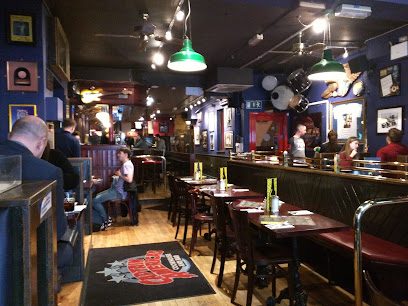
Pacino's Italian Restaurant
Experience authentic Italian flavors at Pacino's Restaurant in Dublin - where every meal feels like a celebration.
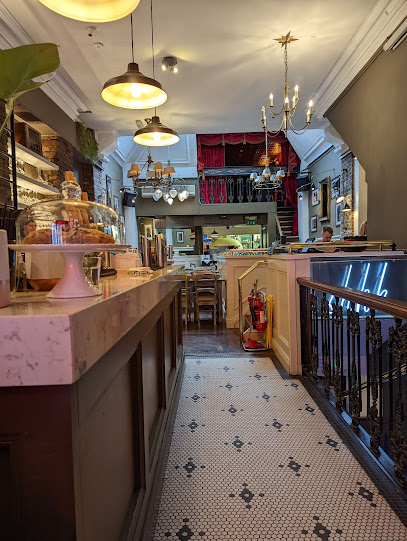
Gotham Cafe Ltd.,
Discover Gotham Cafe in Dublin for delicious American burgers and pizzas paired with vibrant cocktails in a cozy atmosphere.

The Green Hen
Discover exquisite French cuisine at The Green Hen in Dublin, where modern techniques meet classic flavors for an unforgettable dining experience.
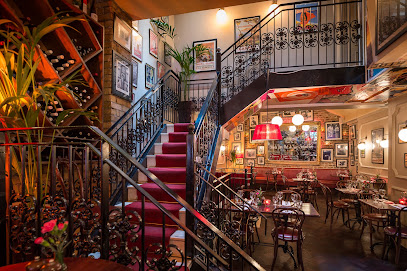
The Pig's Ear
Discover modern Irish cuisine at The Pig's Ear in Dublin, where tradition meets innovation in every delicious bite.
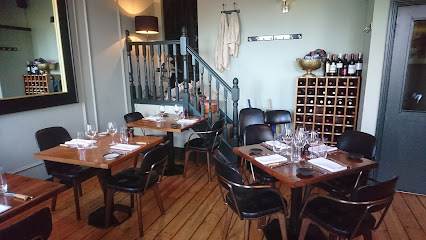
Balfes
Discover the culinary charm of Balfes in Dublin – where fresh ingredients meet innovative flavors in a vibrant brasserie setting.

La Cave Wine Bar and Restaurant
Experience exquisite French dining at La Cave Wine Bar in Dublin - where exceptional cuisine meets an extensive selection of fine wines.

WILDE Restaurant
Discover modern Irish cuisine at WILDE Restaurant in Dublin—where local flavors meet contemporary elegance.
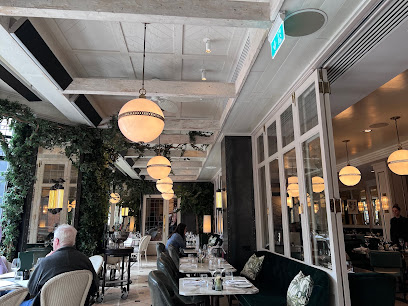
Brown's Brasserie Dublin at Brown Thomas
Experience contemporary Irish cuisine in a stylish setting at Brown's Brasserie Dublin within Brown Thomas department store.
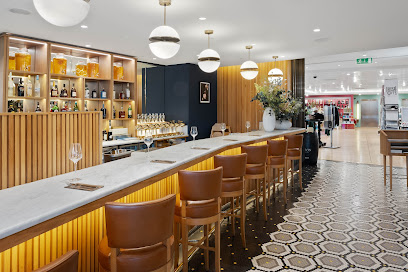
Markets, malls and hidden boutiques
Disney Store Dublin
Discover the magic of Disney at the enchanting Disney Store Dublin, your ultimate destination for gifts, toys, and unforgettable memories.
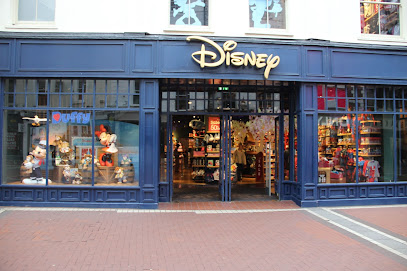
Marks and Spencer
Discover high-quality groceries and stylish clothing at Marks and Spencer in Dublin's bustling Grafton Street, a must-visit for every tourist.

Victoria's Secret
Explore Victoria's Secret in Dublin for luxurious lingerie, stylish women's clothing, and enchanting fragrances in an elegant shopping environment.
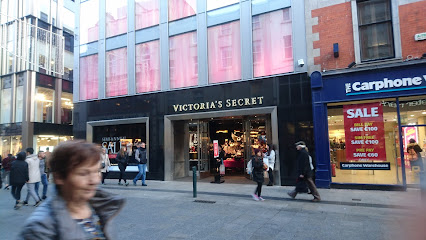
Carrolls Irish Gifts
Explore Carrolls Irish Gifts in Dublin for unique Irish souvenirs, traditional crafts, and authentic gifts that capture the heart of Ireland.
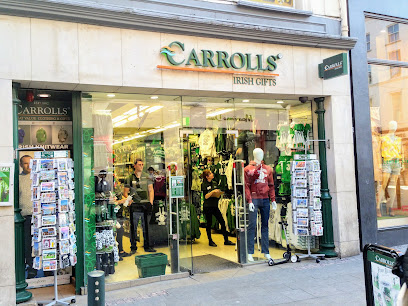
Seasons of Ireland
Explore authentic Irish gifts and souvenirs at Seasons of Ireland, the perfect stop for tourists seeking unique treasures in Dublin.

& Other Stories
Discover & Other Stories, Dublin's fashion gem, offering chic women's clothing and accessories in a stylish setting on Grafton Street.
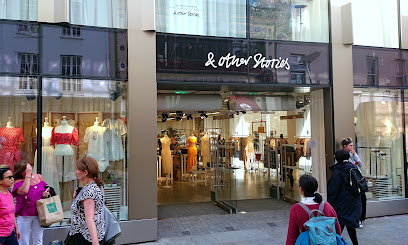
BOSS Store
Explore the BOSS Store on Grafton Street for luxury fashion and accessories in the heart of Dublin, a must-visit for style enthusiasts.
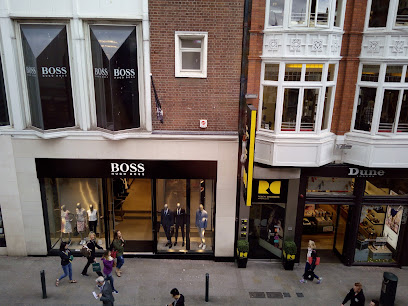
Ted Baker - Dublin
Discover the unique British style at Ted Baker Dublin, a premier destination for fashion lovers seeking quality men's and women's clothing.
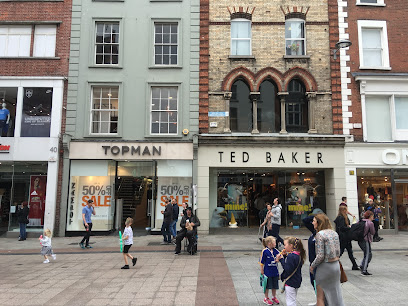
The Angel of Grafton Street
Explore the enchanting Angel of Grafton Street, a stunning statue that embodies Dublin's rich cultural heritage amidst the vibrant atmosphere of Grafton Street.
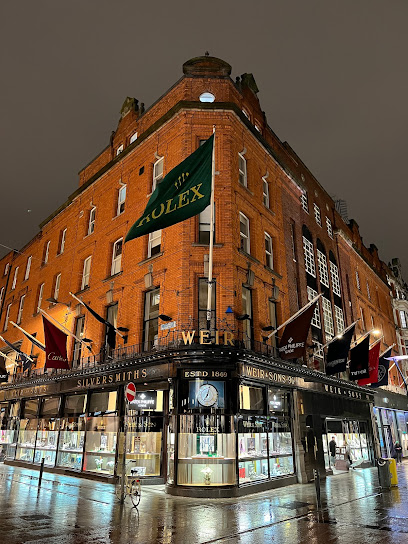
Grafton
Experience the vibrant culture and shopping charm of Grafton Street in Dublin, a pedestrian paradise filled with shops, street performers, and local delights.
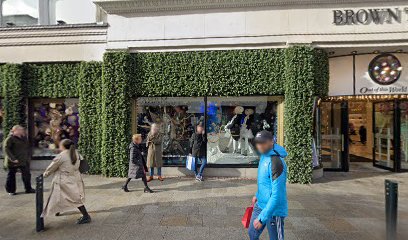
Essential bars & hidden hideouts
Bruxelles
Discover the lively spirit of Dublin at Bruxelles, where traditional Irish hospitality meets vibrant nightlife in a cozy pub setting.
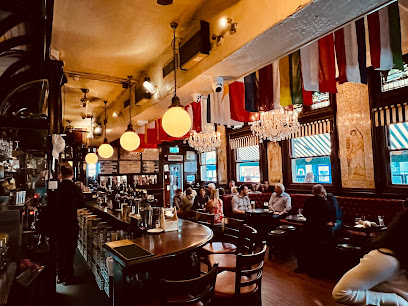
Captain Americas Grafton Street
Savor the best of American cuisine at Captain Americas Grafton Street, Dublin's vibrant hamburger restaurant with a lively atmosphere.

The Bailey - Cafe and Bar
Experience Dublin’s vibrant pub culture at The Bailey, where traditional meets contemporary in a cozy setting with delightful drinks and bites.
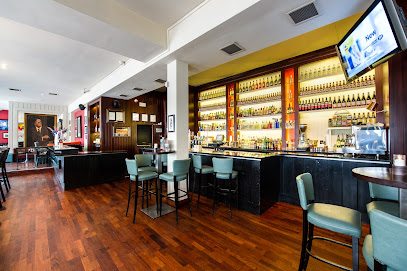
O'Donoghue's Bar
Experience the heart of Dublin at O'Donoghue's Bar, where traditional Irish hospitality meets vibrant live music and delicious cuisine.
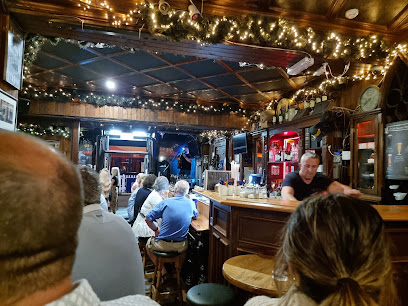
Peruke & Periwig
Discover the art of mixology at Peruke & Periwig, Dublin's premier cocktail bar and restaurant, where creativity meets tradition in every drink.

McDaids
Discover McDaids, the heart of Dublin's pub culture, where history, hearty drinks, and lively music converge for an unforgettable experience.
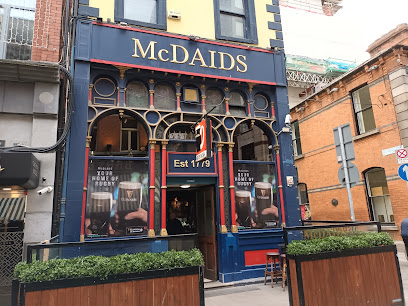
The Blind Pig Speakeasy
Experience vintage charm and innovative cocktails at Dublin's hidden gem, The Blind Pig Speakeasy, where every sip tells a story.
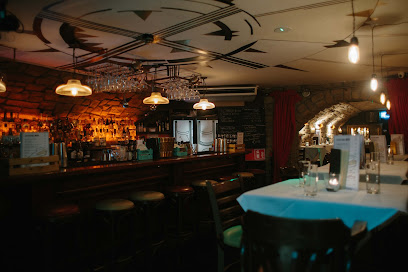
The Dawson Lounge
Experience the warmth of Irish hospitality at The Dawson Lounge, a cozy pub in the heart of Dublin offering a wide selection of drinks and delicious local dishes.
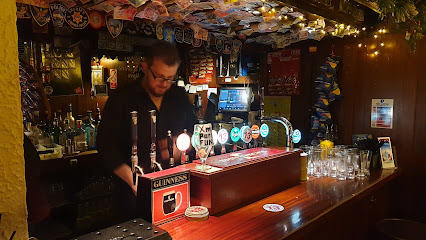
La Cave Wine Bar and Restaurant
Experience the finest French cuisine and an exquisite selection of wines at La Cave Wine Bar in Dublin, a must-visit for culinary enthusiasts.

LoSt LaNe
Discover the heart of Dublin's nightlife at LoSt LaNe, a vibrant bar offering live music and an eclectic atmosphere.
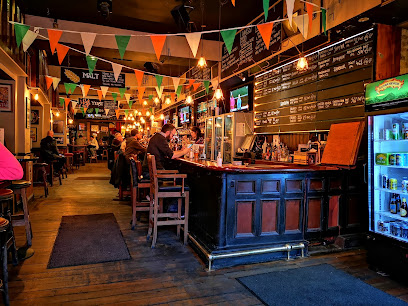
Local Phrases
-
- HelloDia dhuit
[dee-ah gwit] - GoodbyeSlán
[slawn] - YesTá
[taw] - NoNíl
[neel] - Please/You're welcomeLe do thoil
[leh duh hull] - Thank youGo raibh maith agat
[guh rev mah a-gut] - Excuse me/SorryCuir síos orm
[kweer shee-uss or-im] - How are you?Conas atá tú?
[kun-us ah-taw too] - Fine. And you?Tá mé go maith. Agus tú?
[taw may guh mah. ah-gus too] - Do you speak English?An labhraíonn tú Béarla?
[ahn law-ree-un too bayr-lah] - I don't understandNí thuigim
[nee hug-im]
- HelloDia dhuit
-
- I'd like to see the menu, pleaseBa mhaith liom an bhialann a fheiceáil, le do thoil
[bah wah lyum on vee-lawn ah eck-ah-le, leh duh hull] - I don't eat meatNí ithim feoil
[nee ih-him foh-il] - Cheers!Sláinte!
[slawn-cheh] - I would like to pay, pleaseBa mhaith liom íoc, le do thoil
[bah wah lyum ee-uk, leh duh hull]
- I'd like to see the menu, pleaseBa mhaith liom an bhialann a fheiceáil, le do thoil
-
- Help!Cabhair!
[Kow-er] - Go away!Imigh uaim!
[ih-me oom] - Call the Police!Glan an Garda!
[glan on gar-da] - Call a doctor!Glan dochtúir!
[glan doc-too-er] - I'm lostTá mé caillte
[taw may kye-ill-cheh] - I'm illTáim tinn
[tawm chin]
- Help!Cabhair!
-
- I'd like to buy...Ba mhaith liom ceann...
[bah wah lyum k-yonn] - I'm just lookingNíl mé ach ag breathnú
[neel may okh eg br-an-oo] - How much is it?Cé mhéad é?
[kay vayd ay] - That's too expensiveTá sé sin ró-dheacair
[taw shay shin row-yak-er] - Can you lower the price?An féidir leat an praghas a laghdú?
[ahn fay-djer lat an prah-gus a lay-goo]
- I'd like to buy...Ba mhaith liom ceann...
-
- What time is it?Cén t-am é?
[kayn tahm ay] - It's one o'clockTá sé a haon a chlog
[taw shay ah hayn ah klog] - Half past (10)Leathuair tar éis a deich
[lah-hoo-er tar aysh ah deh] - MorningMaidin
[mah-djin] - AfternoonTráthnóna
[traw-noh-nah] - EveningTráthnóna
[traw-noh-nah] - YesterdayInné
[in-ay] - TodayInniu
[in-yoo] - TomorrowAmárach
[ah-maw-rakh] - 1a haon
[ah hayn] - 2a dó
[ah doh] - 3a trí
[ah tree] - 4a ceathair
[ah kah-hir] - 5a cúig
[ah koo-ig] - 6a sé
[ah shay] - 7a seacht
[ah shakht] - 8a hocht
[ah hukht] - 9a naoi
[ah nee] - 10a deich
[ah deh]
- What time is it?Cén t-am é?
-
- Where's a/the...?Cá bhfuil a/n...?
[kaw will ah/n] - What's the address?Céard atá ar an seoladh?
[kay-ard ah-taw air on sho-lah] - Can you show me (on the map)?An féidir leat léarscáil a thaispeáint dom?
[ahn fay-djer lat lay-ars-kawl ah hash-pint doom] - When's the next (bus)?Cén uair a bhfuil an chéad (bus) eile?
[kayn oo-ir ah will on khayd (bus) el-eh] - A ticket (to ....)Ticéad (go dtí ....)
[tick-ayd (guh dee)]
- Where's a/the...?Cá bhfuil a/n...?
History of Grafton Street
-
Grafton Street originated as a residential area in the late 17th century, named after the Earl of Grafton. It began to develop into a commercial hub in the 18th century, paralleling Dublin's growth as a significant urban center. The street's layout and architecture reflect the Georgian style, which was prevalent during this time, showcasing the affluence of Dublin's merchant class.
-
By the 19th century, Grafton Street had established itself as a cultural and social epicenter in Dublin. The street became known for its vibrant atmosphere, featuring street performers, musicians, and artists. This tradition continues today, making it a lively space that embodies Dublin's spirit and creativity.
-
The 1916 Easter Rising had far-reaching effects on Dublin, including Grafton Street. The events of the Rising catalyzed a shift in Irish identity and nationalism. As a result, Grafton Street became a focal point for gatherings and demonstrations in the years that followed, reflecting its role in the social and political movements of the time.
-
Throughout the 20th century, Grafton Street evolved into one of Dublin's premier shopping destinations. The establishment of high-end boutiques, department stores, and cafes transformed the street into a bustling commercial thoroughfare, which attracted both locals and tourists. This commercial boom was indicative of Dublin's post-war economic growth.
-
Today, Grafton Street remains a vibrant and essential part of Dublin's urban fabric. It hosts a mix of luxury shops, historic landmarks, and cultural attractions, such as the iconic Bewley's Café. The street is pedestrianized, allowing for an enjoyable shopping experience and making it a popular place for both residents and visitors to experience Dublin's lively street culture.
Grafton Street Essentials
-
Grafton Street is centrally located in Dublin, making it easily accessible from various neighborhoods. If you're coming from Temple Bar, it's just a 10-minute walk. From O'Connell Street, you can take the Luas tram (Red Line) to Abbey Street and then walk down to Grafton Street. Dublin Airport is about 10 kilometers away; you can take the Airlink Express bus (routes 747 or 757) directly to the city center, with stops near Grafton Street.
-
Grafton Street is a pedestrian-friendly area, making it ideal for walking. The Luas tram system operates nearby, with the Green Line stopping at Dawson Street, just a short walk from Grafton Street. For buses, several routes run along nearby streets, including Nassau Street and College Green. Bicycles can be rented through Dublin’s bike-sharing scheme, Dublinbikes, with several stations close to Grafton Street.
-
Grafton Street is generally safe for tourists; however, it is advisable to remain vigilant, especially in crowded areas. Pickpocketing can occur, particularly around popular attractions like Trinity College and in busy pubs. Avoid walking alone late at night in areas off the main thoroughfares. While Dublin is relatively safe, neighborhoods like parts of the North Inner City should be approached with caution, especially after dark.
-
In case of an emergency, dial 112 or 999 for police, fire, or ambulance services in Ireland. Familiarize yourself with the location of the nearest hospital; the Mater Misericordiae University Hospital is a well-known facility in Dublin. For minor health issues, pharmacies are widely available throughout the city, and many staff members speak English.
-
Fashion: Do dress comfortably but smartly as Grafton Street is a popular shopping area; don't wear overly casual attire like beachwear. Religion: Do respect the customs if visiting nearby churches, such as St. Ann's; don't take photos where prohibited. Public Transport: Do be courteous and allow others to exit before boarding; don't block doors or aisles. Greetings: Do greet shopkeepers and waitstaff with a friendly 'hello'; don't be overly loud or disruptive. Eating & Drinking: Do enjoy the outdoor dining options available; don't litter or consume alcohol in public spaces outside designated areas.
-
To experience Grafton Street like a local, visit the street during the evening when buskers perform, creating a vibrant atmosphere. Check out the nearby St. Stephen's Green for a leisurely stroll or picnic. For shopping, explore the side streets for unique boutiques and cafés that offer a more personal shopping experience. Don't miss the local food markets, such as the George's Street Arcade, for authentic Irish snacks and handmade goods.


